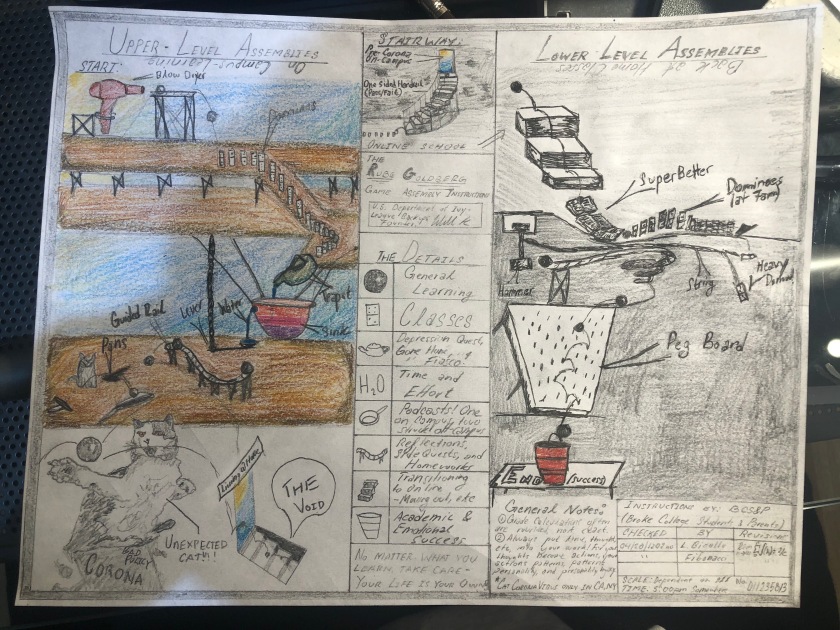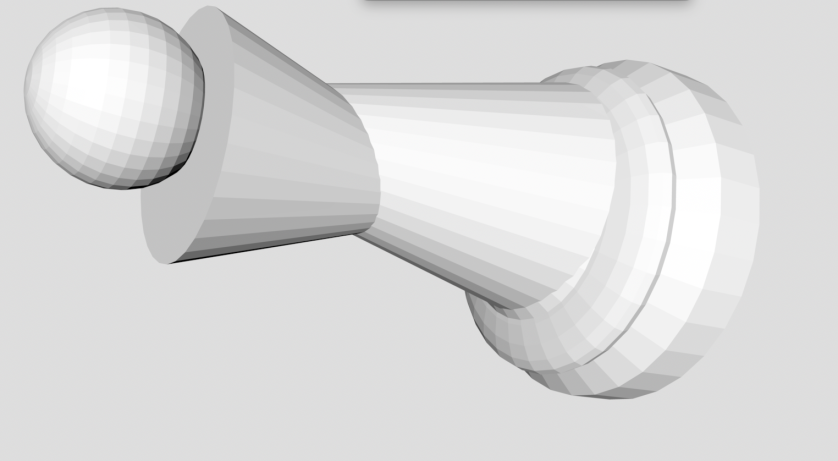Cover Letter

Seventy-nine to eighty-one percent of published statistics are incorrect, made-up, or found to be unsubstantiated after a deeper numerical analysis or secondary study (French Connerie Journal).
I originally had decided on a number closer to ninety, yet ultimately decided against anything above eighty-two. The suspension of disbelief couldn’t support such a number starting with a nine. I’d argue the citation to the French Journal might have helped support a few extra percentage points but I didn’t want to push it.
From self-proclaimed health gurus to presidential candidates, people lie and perpetuate the spread of misinformation. Often, this is nothing more than a defense mechanism that people have developed to protect their own beliefs. When confronted with evidence or logic which contradicts a value held, rather than admitting a belief might be wrong or needing revision, false statistics are utilized. Oftentimes, the choice to lie or miscite information is not a conscious decision. Rather, a vulnerable opinion with no defenses left creates an escape plan and blurts out what seems like a white lie. It’s happened to me and I’ve even “won” arguments due to a faulty statistic or white lie, convincing myself that they could be accurate. Small fibs like “Yeah mom, I brushed my teeth” seem innocent to both the toddler and the parent who knowingly asks to smell the toddler’s breath (just me?).
However, those porkies might not be so harmless. In SuperBetter, Jane McGonigal argues that “the more you repeat a thought pattern, the stronger the neural networks that drive it become … and the more likely you are to repeat that thought pattern in the future” (89). This argument results in two conclusions: people’s actions are direct products of their habits and those habits are hardwired into the brain. Therefore, a person’s sentience might not necessarily control the response to certain stimuli or events. For example, a student who typically procrastinates might create plans for a drawn-out and lengthy writing process for an assignment. Despite all their good intentions and effort to change, their habits, aided by YouTube tutorials on sleight-of-hand-card-tricks, betray the plan and last-ditch caffeine-induced all-nighter occurs.
The college years are some of the most formative times for youth; in addition to our academic habits, we students construct our identity and set goals for who we want to become. Through a nontraditional course structure, I was forced to approach the course’s learning outcomes and build healthy habits for future academic endeavors and the game of life.
This semester, I have greatly improved my skills as a mediator between my initial creative thoughts and the polished product. Often, I struggle with rushing into projects without a grand-plan or sense of purpose. Despite originating from harmless excitement, my “jovial and thrill-seeking nature” (SideQuest 1) often results in uncalculated risks, unplanned activities, and extensive backtracking. For instance, my vision for a grand green bean arch resulted in myself sowing more than 120 seeds without realizing seeds grow. Nor did I consider our garden is not “grand” enough to house twelve rows and thirteen columns of green beans. The assignment reflections require an introspective analysis of the creative decisions I make and their importance. Throughout the semester, I developed a habit of making more deliberate decisions during my writing process. I even brainstormed for a few minutes before this reflection letter . . . Progress!!
The podcast series greatly tested my collaboration skills; yet resulted in more confidence regarding group work with deadlines, navigating ulterior circumstances, and not squirming while listening to my voice. As an avid podcast listener, I’ve encountered numerous episodes with audience engagement issues. With a fear of mindless droning, we incorporated “comedic breaks, an active script… and upbeat music” in our first podcast (Risky Business). During recording, I uncovered a severe speech impediment: sounding much worse than I do in my head. In the second podcast, we went into the void and embraced full snark. The tone felt more natural and I even sounded less horrible. Taking the project less seriously and making self-aware jokes helped me feel at ease and enjoy recording more. Good vibes extended into the third podcast and resulted in the most refined and engaging podcast our group created.
Embracing sarcasm with the podcasts represented a general trend of becoming comfortable in an intellectual setting. As a hard-core STEM major, I have a natural inclination to think analytically. This logic doesn’t leave room for creativity, clear group communication, and even hinders the overall enjoyment. With weekly writing assignments, I honed in on finding a better balance of humor and rhetoric which improved my outlook on my writing process. I had plenty of fun working on Sidequests and playing with the mix of analysis and banter. I’m specifically proud of the side quest about organizing the contents of our bookbag into an aesthetically pleasing way. Bummer I couldn’t put my award-winning calves in the photo. I’m a part-time Calve model, sometimes even Knees too. The faux anecdotes about the “next opportunity to try to get by as a D3 Cheese Roller” paired with genuine remarks about my insomnia was a nice balance of sarcasm and genuinity. Genuiness? Giannis Antetokounmpo?. It was difficult to decide which items’ utility can be undermined without subverting their importance. Overall, the second side required a topical synopsis of my identity. As I wrote descriptions for items I carry around, I considered how my possessions can incur judgments on my character, and if that representation is accurate. To craft a false narrative about drugs or sarcastically admitting I’m trying to appear quirky, I realized that I wasn’t as secure in my intellect as others might think. In addition to uncovering my Imposter Syndrome, exploring a lighthearted tone paved the way for more experimental writing throughout the semester.
This extended into the final portion of our classwork, the Hometasks. The tasks resulted in some of the goofiest moments in my academic career. Literally, I put on a cowboy hat, threw a whip over my shoulder, and am receiving genuine college credit at a top 25 university. With the heroics of Indiana Knight, the Hometasks served as a form of enjoyment and creative output during a tough and unexpected transition. Additionally, they served a case study for applying the gameful attitude to substantial issues. If the attitude I approached a problem with helped bear self-quarantining, what else could be accomplished by adopting a more gameful perspective?
Initially, we defined games as “intense focus and labor to accomplish an optional task” (Page 3 of My notebook). Adopting a gameful approach imposes a joyous and self-aware perspective on an issue. Recognizing a task might not be necessary can remove pressure and expectations while enabling creative thought. Throughout this class, the side quests, podcasts, home-tasks, and reflections enabled me to become a more decisive creator, maintain a lighthearted approach to difficulties, and supremely, become excited when a new challenge arises. Unless the challenge is explaining to my mother how us sharing a Spotify account prohibits both of us from playing music at the same time.
Finally, as my work for English 101-7 comes to a head in this reflection letter, I welcome you to my classwork blog. Ignore the frequently terrible attempts at comedy, and I hope you enjoy it. Information about the course can be found at the course site. I’m going to go tell my mom that Spotify has a record player for each account and can only spin one song at a time. Wish me luck.




